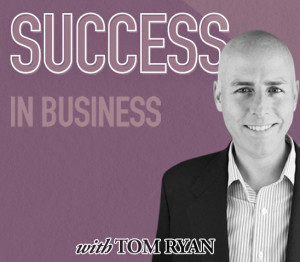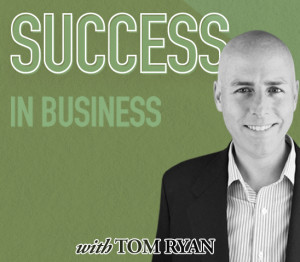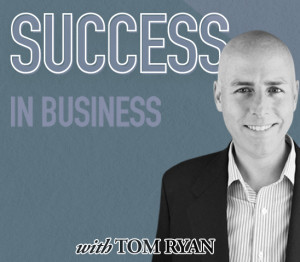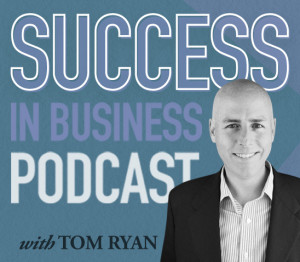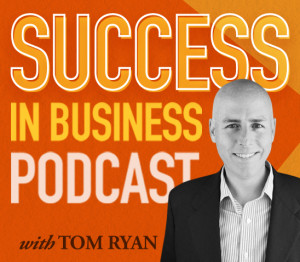 Every business pitch needs to start with a “problem.” There’s something wrong in the market, and it’s causing anxiety, frustration and pain. Maybe it’s a customer need that is going unmet, or it’s a roadblock that simply doesn’t need to be there. By establishing the problem — or presenting this “problem statement” — you’re setting up how your business or idea will solve it, meeting that demand, winning customers and generating sales.
Every business pitch needs to start with a “problem.” There’s something wrong in the market, and it’s causing anxiety, frustration and pain. Maybe it’s a customer need that is going unmet, or it’s a roadblock that simply doesn’t need to be there. By establishing the problem — or presenting this “problem statement” — you’re setting up how your business or idea will solve it, meeting that demand, winning customers and generating sales.
It’s easy to see why every pitch starts with a problem. It serves as the sharp, pointy end of the “hook” phase of the pitch, establishing a conflict that then demands some kind of resolution. As you explain the problem, you’re also laying the groundwork for the story of how your business plans to resolve that conflict.
A good example of this is ridesharing startup Uber. Continue reading

